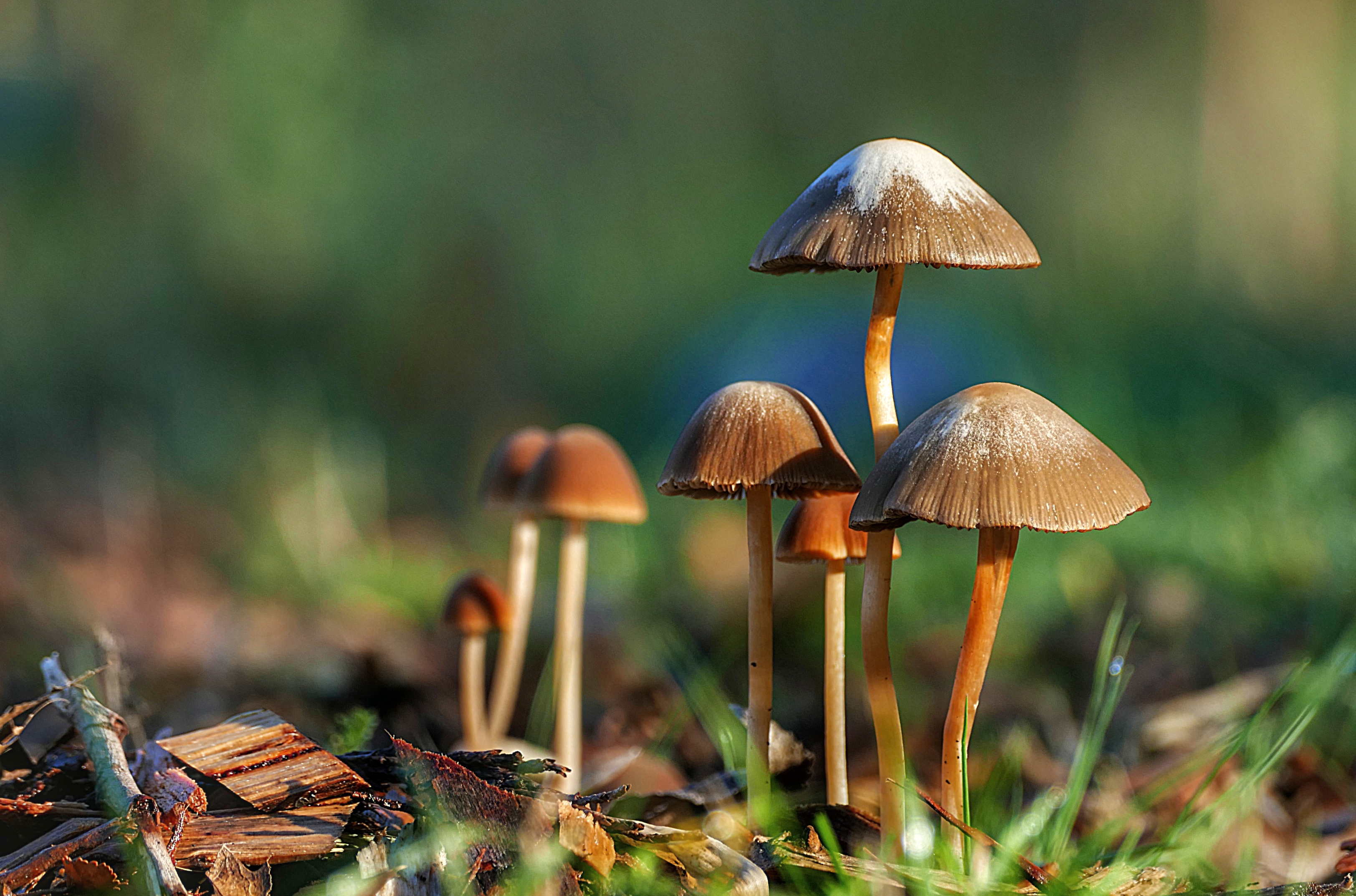Step into a world of vibrant hues, where the secret language of colors unveils itself in nature’s canvas. Gardens, those slices of paradise that we lovingly cultivate, have the power to transport us to a realm where color reigns supreme. But have you ever wondered why certain patterns and combinations make our gardens mesmerizing while others fall flat? The answer lies in the mesmerizing realm of color theory. Yes, dear readers, by understanding the intricate interplay of colors, we possess the key to unlock the true potential of our gardens. Today, in this article, we will embark on a creative journey, exploring the wonders of color theory and its application in garden design. So, prepare to be inspired, as we unravel the vast palette of possibilities that await us. Let’s dive into the enchanting world of using color theory in garden design.

Harmonizing Hues: Utilizing the Principles of Color Theory in Garden Design

When it comes to creating a visually captivating garden, understanding color theory is essential. By harmonizing hues, you can transform your outdoor space into a work of art. Here are some key principles of color theory to help you design a stunning garden:
- Complementary Colors: Combine colors that are opposite each other on the color wheel to create a vibrant and eye-catching display.
- Analogous Colors: Use neighboring colors on the wheel for a more harmonious and soothing ambiance.
- Tints and Shades: Experiment with lighter and darker versions of colors to add depth and contrast.
- Focal Points: Create a focal point by using a bold and contrasting color that draws attention to a specific area of your garden.
- Seasonal Considerations: Choose colors that complement the season and evoke the desired atmosphere.
With these principles in mind, let your creativity flourish and paint your garden with a palette that brings joy and beauty to your outdoor sanctuary.
Nature’s Palette: Strategic Color Combinations for Stunning Garden Designs

- Create a harmonious color scheme by combining complementary hues like purples and yellows, or blues and oranges.
- Experiment with analogous colors, such as various shades of greens and blues, to evoke a serene and cohesive atmosphere.
- For a vibrant and eye-catching display, opt for contrasting colors like reds and greens, or pinks and whites.
- Consider using monochromatic color schemes for a sophisticated and elegant look, combining different shades of the same color.
- Don’t forget to incorporate foliage colors into your palette – varying leaf shades of red, burgundy, and chartreuse can add depth and interest to your design.
Embrace the natural beauty of nature’s palette, and with strategic color combinations, transform your garden into a breathtaking work of art that pleases both the eyes and the soul.
Final Thoughts
In conclusion, the world of garden design is a captivating realm where the artistry of nature intertwines with the principles of color theory. By harnessing the power of hue, value, and saturation, gardeners can transform their outdoor spaces into breathtaking masterpieces that evoke a range of emotions and create harmonious atmospheres.
From the vibrant reds that ignite excitement and energy to the serene blues that instill a sense of calm, each color holds the potential to tell a unique story in your garden. By understanding how to effectively use color, you can manipulate the visual experience of your outdoor oasis, guiding the viewer’s gaze and creating focal points that capture attention.
Remember, it is not merely about adding a splash of color here and there, but rather combining them strategically to achieve a harmonious balance. The principles of color theory, such as analogous and complementary color schemes, can serve as your guide in this pursuit, unveiling the secrets of enchanting garden design.
With color as your ally, it is now time to embark on a journey of discovery and creativity in your garden. Allow your imagination to soar as you experiment with different colors and combinations, transforming your outdoor space into a living canvas of beauty.
So, whether you choose to create a whimsical palette of pastels or ignite a fiery display with bold and contrasting hues, let color theory be your compass and your garden the ultimate result of your artistry.
Now, armed with the knowledge of color theory and its impact on garden design, step into the realm of creativity and watch as your garden blossoms into an extraordinary testimony to the beauty and power of color.
